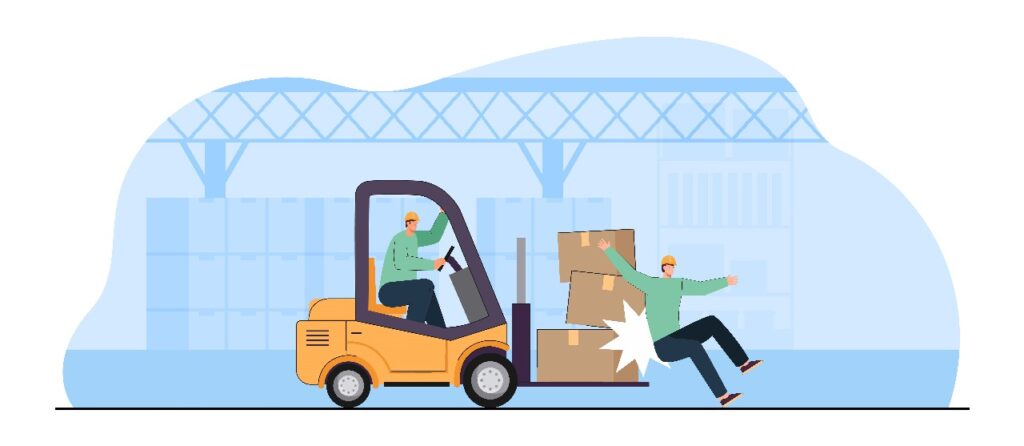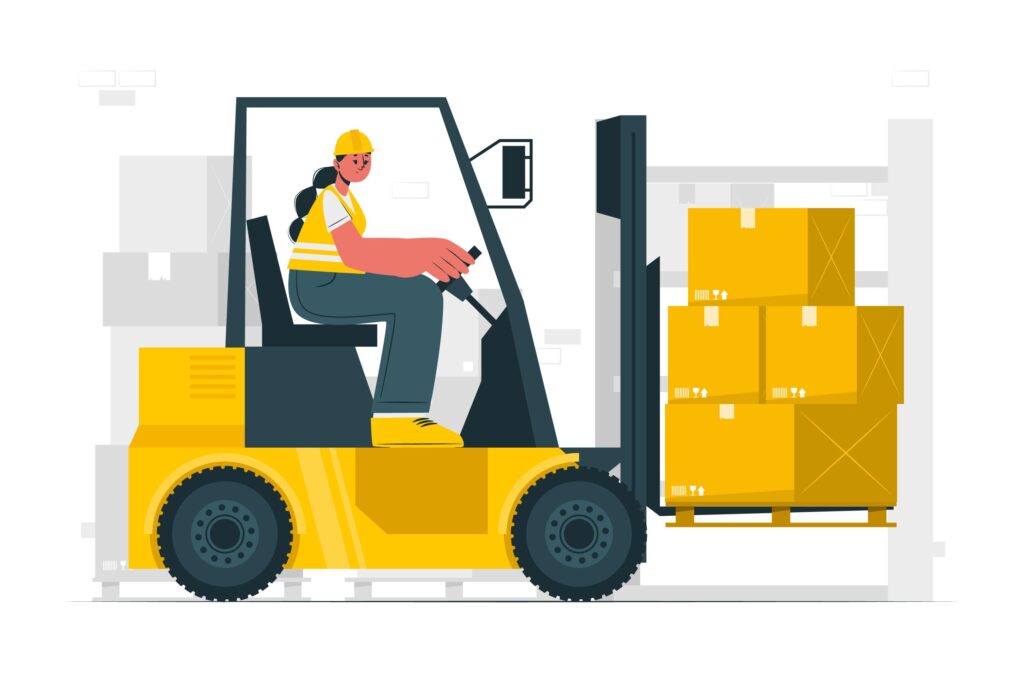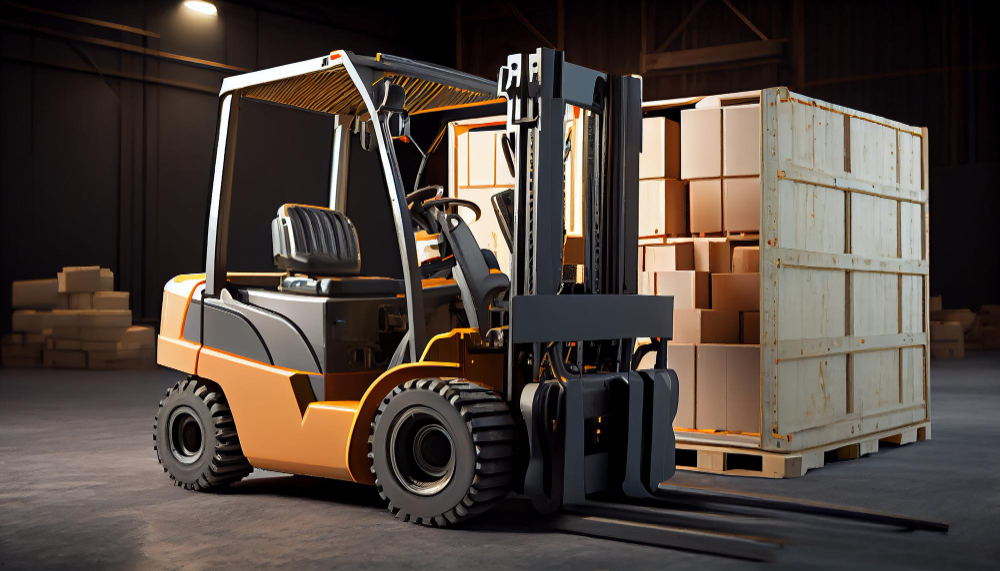Forklifts serve as vital tools in various industries across the United States, facilitating the movement of inventory and enhancing overall productivity. With over 1,000,000 forklifts in operation, their role in warehouses, retail outlets, and businesses is undeniable. However, despite their efficiency, forklift-related incidents persistently rank among OSHA’s top 10 violations annually, with an estimated 110,000 accidents costing businesses a staggering $135,000,000.
To promote a safer work environment, employers can implement the following five tips to enhance forklift safety in facilities of any size.
Learn More : Most Popular Forklift Types
1. Offer Forklift Safety Training
Before operating a forklift, employees must undergo comprehensive training meeting OSHA requirements. Training programs should cover:
- General rules of safe operation
- Types of trucks used on site
- Hazards associated with forklifts
- OSHA’s safety requirements
- Practical, hands-on experience
- Formal certification and evaluation every three years
2. Check for Hazards Before Operating
Conducting a thorough inspection before operation ensures forklift safety. Key steps include:
- Examining tires, oil levels, and forks
- Checking for leaks and potential hazards
- Testing brakes, lights, horn, and steering
- Identifying obstructions and uneven surfaces
3. Keep Employees Safe While Operating
Forklifts pose three primary dangers: competition for space, pedestrians in harm’s way, and the risk of loads tipping over. To mitigate these risks:
- Pay attention to speed limits, warning signs, and floor markings
- Maintain visibility while driving, especially in reverse
- Use the horn at intersections and areas with pedestrians
- Ensure balanced loads and drive with the load as low as safely possible
4. Use Floor Marking to Keep Workers Safe
Implementing floor marking can significantly improve safety by:
- Creating clear aisles and pathways
- Establishing traffic controls with easy-to-read floor signs
- Rerouting pedestrians away from forklift zones
- Identifying important areas, storage zones, and parking areas
- While OSHA doesn’t explicitly mandate floor marking, it emphasizes appropriate marking for permanent aisles and passageways.
5. Improve Safety Throughout Your Facility
Adopt a holistic approach to safety by:
- Utilizing visual communication through safety signs and labels
- Staying alert to unsecured loads, horn signals, and pedestrian areas
- Implementing lockout/tagout devices during service or maintenance
By following these comprehensive tips, employers can create a safer working environment, reducing the frequency of forklift-related incidents and promoting overall workplace safety.
Learn More : What is the Forklift Stability Triangle?



